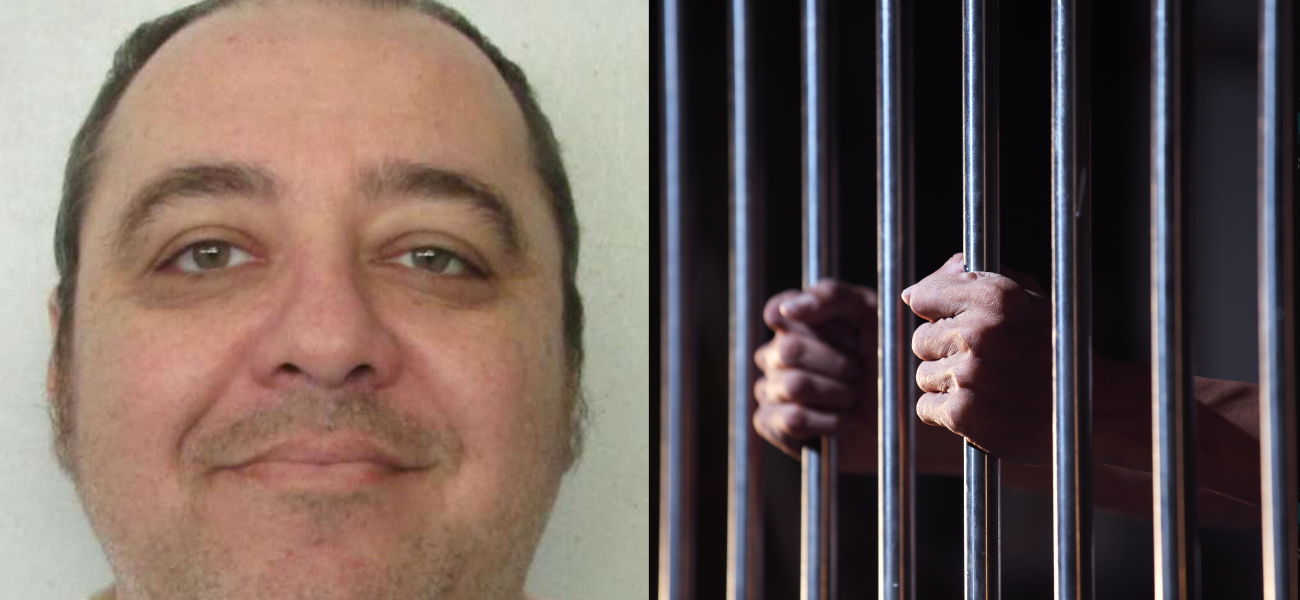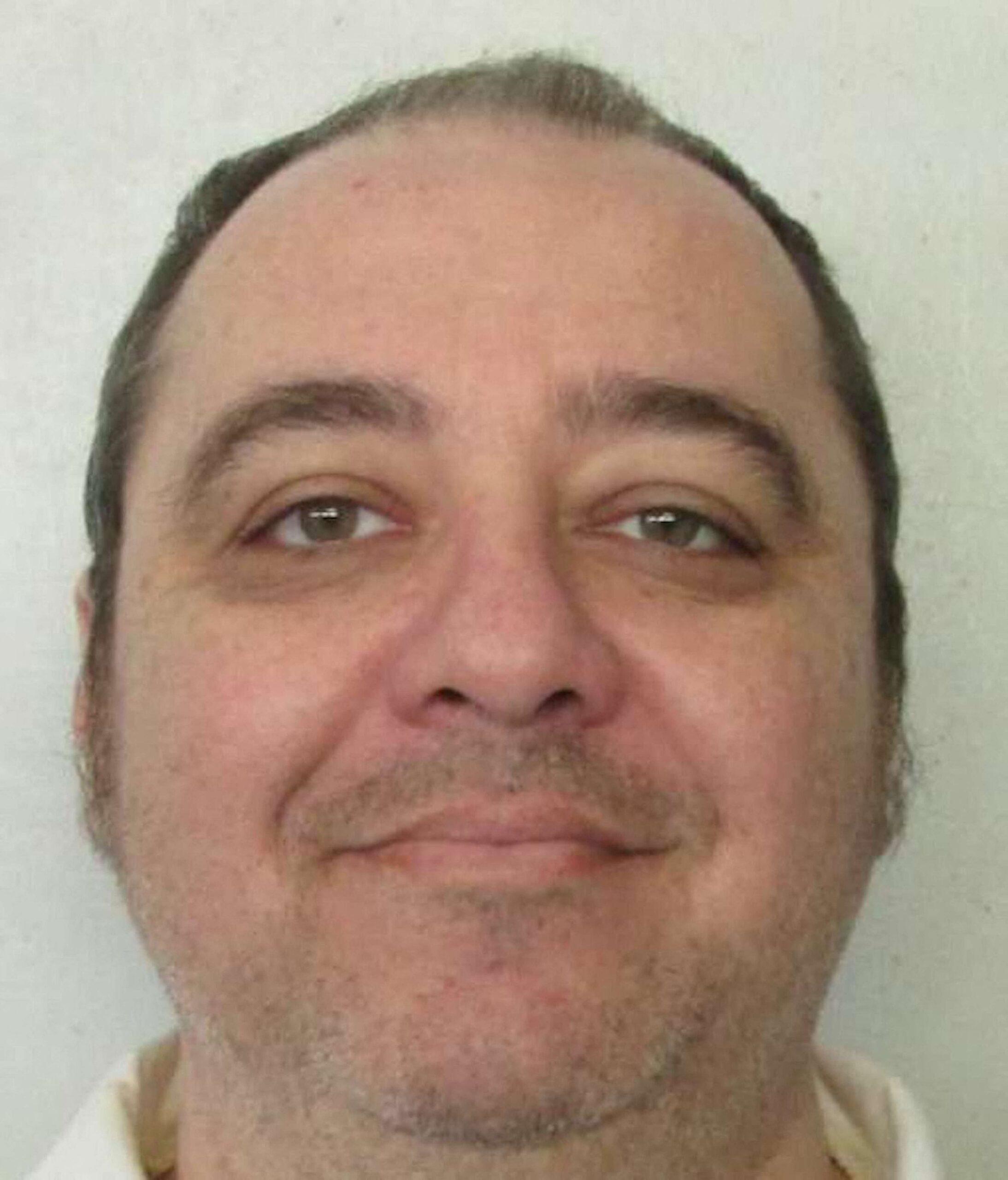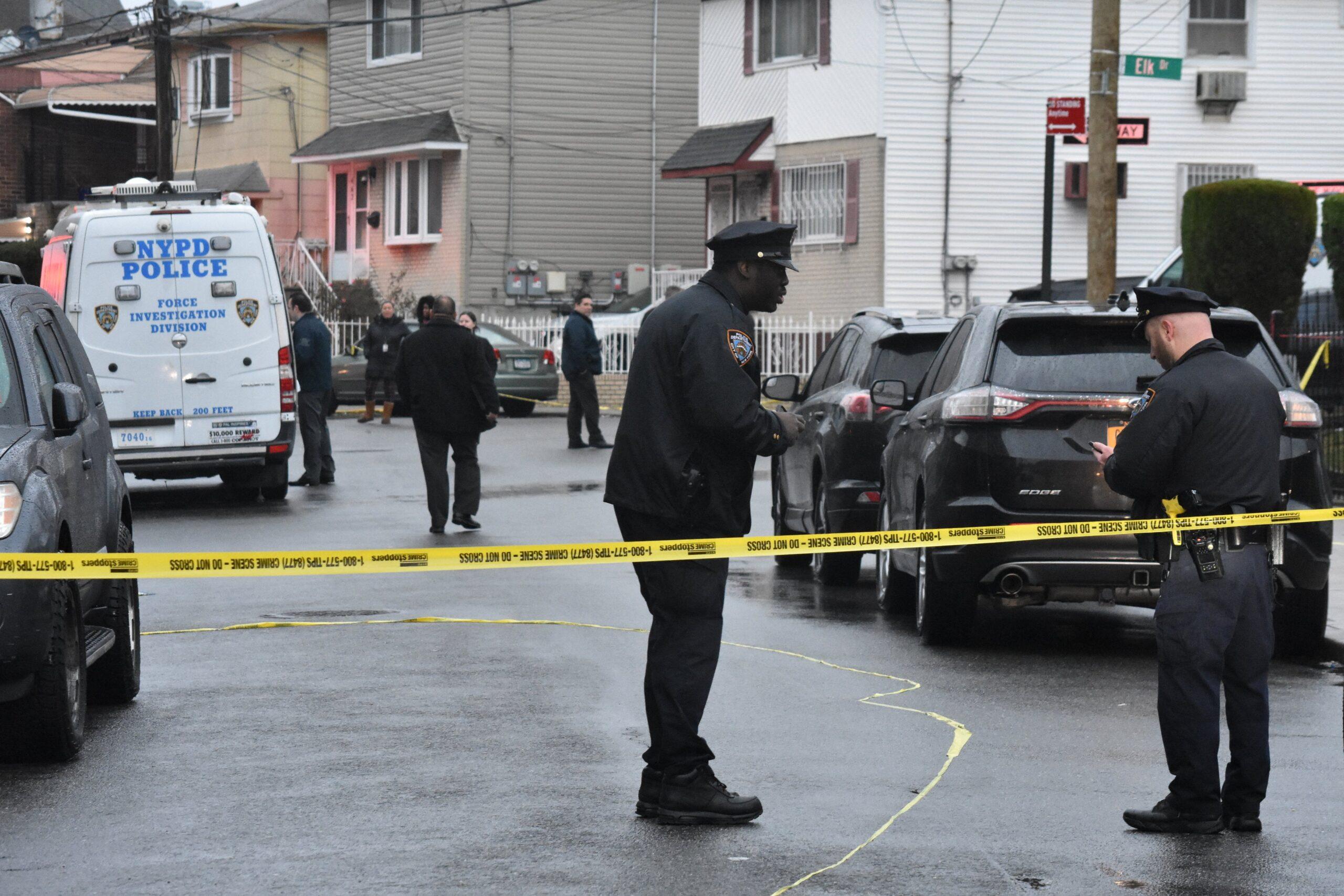Alabama Gasses Prisoner To Death With Untested Nitrogen Execution Method
By Favour Adegoke on January 26, 2024 at 6:30 AM EST

The state of Alabama has officially conducted the first-ever execution by nitrogen gas in the history of the U.S. after killing Kenneth Eugene Smith, who had been on death row for over 30 years.
Smith had previously survived a botched lethal injection in 2022. His legal team's appeal cited the violation of constitutional standards and the potential for cruelty, but it was rejected.
Due to the experimental nature of the nitrogen hypoxia method, multiple medical experts and human rights groups raised alarm over the procedure, claiming it was unethical.
Alabama Carries Out First Ever Execution By Nitrogen Hypoxia

After over three decades on death row, prisoner Kenneth Eugene Smith has finally been executed for the killing of Elizabeth Sennett in a murder-for-hire incident orchestrated by her own husband, Charles Sennett Sr., in 1988.
The 58-year-old criminal was strapped to a gurney, fitted with an industrial-style respirator mask, and subjected to nitrogen inhalation. This eventually led to his death from oxygen deprivation.
In his final statement, Smith said, "I'm leaving with love, peace, and light." His final meal was an order of Waffle House steak and eggs.
According to a report, while Alabama claimed that the nitrogen method used in executing Smith was "perhaps the most humane method of execution ever devised," eyewitnesses felt otherwise.
Describing Smith's final moments, Marty Roney of the Montgomery Advertiser said he "writhed and convulsed on the gurney. He took deep breaths, his body shaking violently with his eyes rolling in the back of his head."
Roney added, "Smith clenched his fists, his legs shook … He seemed to be gasping for air. The gurney shook several times."
By 8.25 pm on Thursday, Smih was pronounced dead after breathing in pure Nitrogen gas.
In 2022, Smith managed to elude death by a failed lethal injection attempt, during which Holman Prison orderlies spent ninety minutes trying to locate a vein until the execution warrant ran out.
Smith Was Involved In A Murder-For-Hire

Smith, who was one of two individuals found guilty, allegedly received $1,000 to murder Elizabeth on behalf of her Charles, who wanted insurance benefits due to financial struggles. Charles, who contracted the killers, ended up committing suicide after being implicated in the investigation.
Smith was found guilty in 1996 after his initial 1988 conviction was overturned, and he was retried. A jury recommended life in prison by an 11-1 vote, but the judge imposed the death sentence. In 2010, Smith's partner in crime, John Forrest Parker, was executed.
Prior to Smith's own eventual execution, his attorneys had made legal attempts to stop the nitrogen execution but were unsuccessful. The lawyers at the time claimed that Alabama's goal was to use Smith as a test subject for the experimental mode of execution.
In a statement at the time, Smith and his spiritual adviser, Rev. Jeff Hood, said: "The eyes of the world are on this impending moral apocalypse. Our prayer is that people will not turn their heads. We simply cannot normalize the suffocation of each other."
Human Rights Organizations Showed Concern On The Use Of Nitrogen Hypoxia
Spiritual advisor of Kenneth Eugene Smith's execution in Alabama gives his account of novel torture. pic.twitter.com/NtKPq1r7YJ
— (UVOTCJ) Unheard Voices O.T.C.J. (@SwiftJusticeIn1) January 26, 2024
Due to the untested and experimental nature of the nitrogen hypoxia execution method, several critics and human rights activists argued that the state cannot accurately predict the outcomes for Smith.
Medical professionals and human rights organizations also challenged the state's dismissal of risks and expressed alarm over the experimental nature of the procedure.
The executive director of the Death Penalty Information Center, Robin M. Maher, shared his concerns, saying: "It's indefensible for Alabama officials to simply dismiss the very real risks this untested method presents an experiment on a man who has already survived one execution attempt."
The method's potential to violate anti-torture principles has also been cautioned by UN-appointed experts, and the use of nitrogen gas in euthanizing animals was deemed too distressing by the Veterinary Medical Association in 2000.
Dr. Philip Nitschke, a euthanasia expert who designed a Nitrogen gas suicide pod, also expressed concerns about Alabama's use of a mask, highlighting potential issues with facial hair and involuntary movements that could impact the seal.
In an interview with the New York Times, Nitschke stated: "If there are leaks, Smith could continue to draw in enough oxygen to prolong into what could be a very macabre, slow process of slowly not getting enough oxygen."
Nitschke envisioned a scenario where the execution could proceed smoothly or go awry, adding at the time that he felt "anxious about Kenny, and I just don't know which way things are going to go."